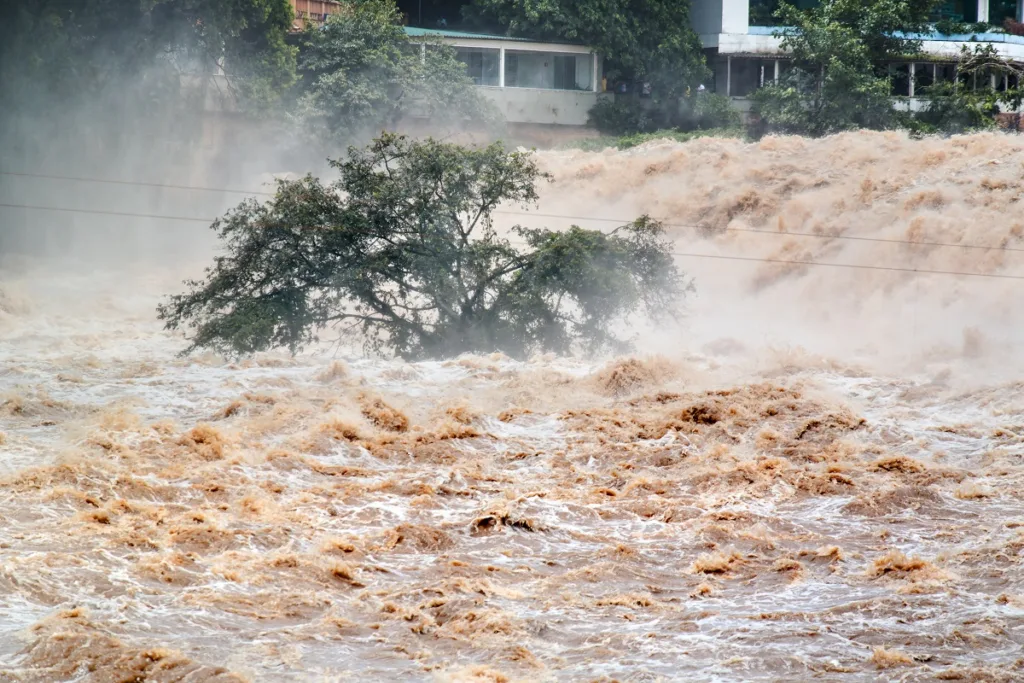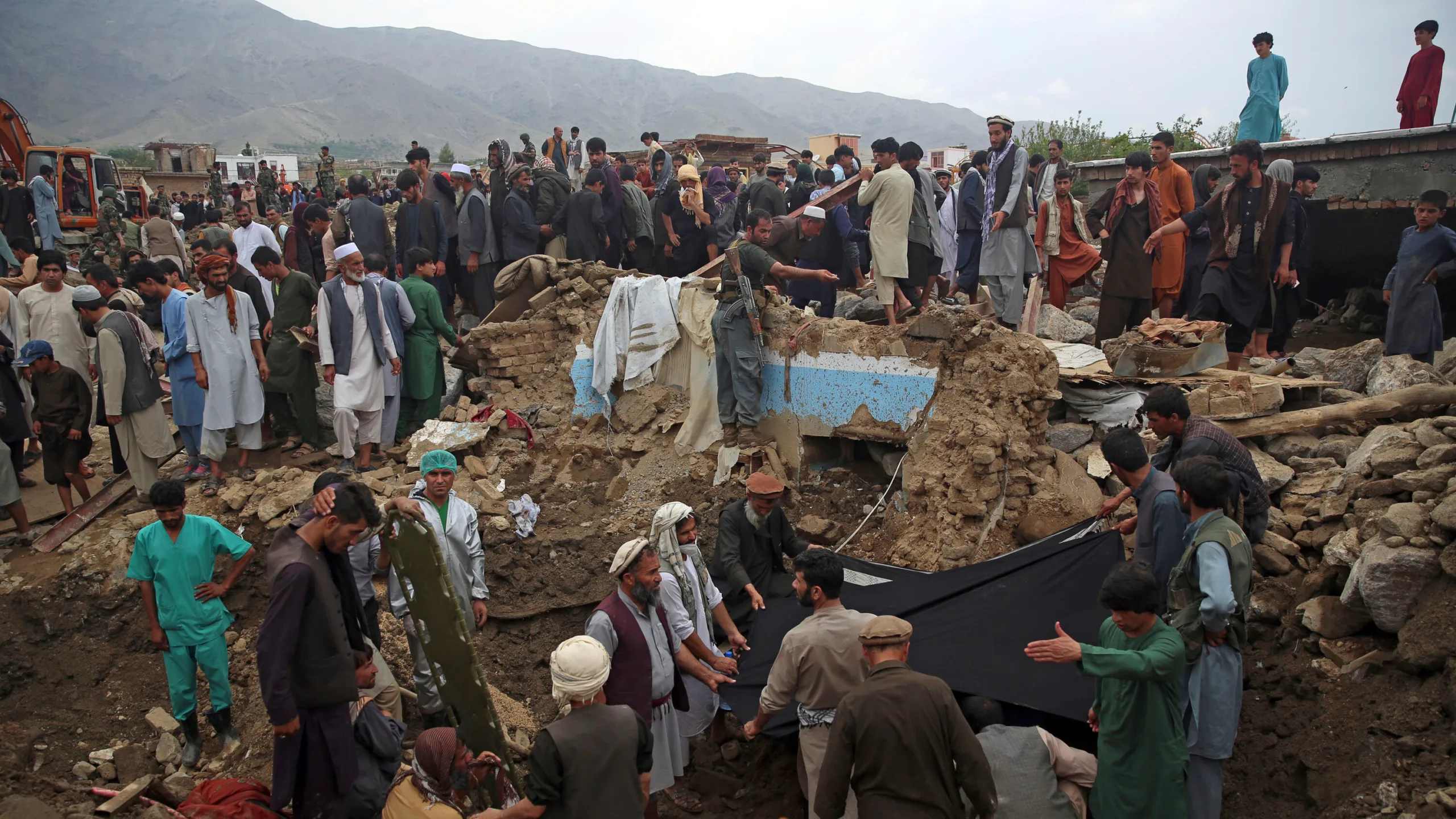Over three days of relentless heavy rains, Afghanistan faced a grim reality as flash flooding wreaked havoc across the nation, claiming the lives of at least 33 individuals, as reported by the government’s disaster management department on Sunday.
According to department spokesman Janan Sayeq, the catastrophic floods, which began on Friday, inflicted significant human and financial losses. Sayeq lamented, “The primary information shows that, unfortunately, in the floods, 33 people were martyred and 27 people got injured.”
The aftermath of the disaster revealed the extent of the devastation, with most casualties attributed to roof collapses. Additionally, approximately 600 houses lay damaged or destroyed, nearly 600 kilometers of roadways lay demolished, and an estimated 2,000 acres of farmland were irreversibly flooded away.
The catastrophe unfolded across 20 of the nation’s 34 provinces, underscoring the widespread impact of the torrential downpours. These heavy rains come on the heels of an unusually dry winter season, exacerbating the parched terrain and delaying crucial agricultural activities.

Compounding the crisis is the diminishing flow of foreign aid into Afghanistan since the Taliban resumed power in 2021. This reduction in international assistance has severely hampered relief efforts in responding to natural disasters, leaving communities vulnerable and ill-equipped to cope with such calamities.
This recent tragedy adds to a series of weather-related disasters that have plagued Afghanistan in recent months. In February, massive snowfall triggered a deadly landslide in the eastern regions, claiming the lives of at least 25 individuals. Just a month later, a three-week onslaught of precipitation resulted in the deaths of approximately 60 people.
The United Nations has previously cautioned about Afghanistan’s vulnerability to extreme weather conditions, citing major swings in climate patterns. Scientists attribute these harsh weather phenomena to the alarming impacts of climate change, exacerbating the challenges faced by a nation already grappling with the aftermath of four decades of relentless conflict.

As Afghanistan navigates the complex intersection of climate change, conflict, and humanitarian crises, there is an urgent call for resilience and solidarity. The need for robust disaster preparedness measures, sustainable infrastructure development, and international support has never been more pressing. In the face of adversity, the Afghan people demonstrate unwavering resilience, standing firm against the forces of nature and forging a path towards recovery and renewal.


